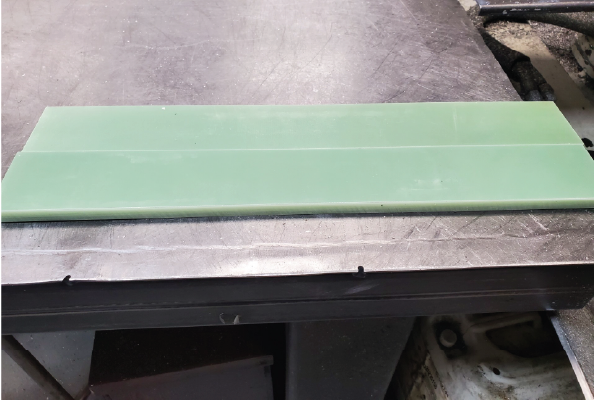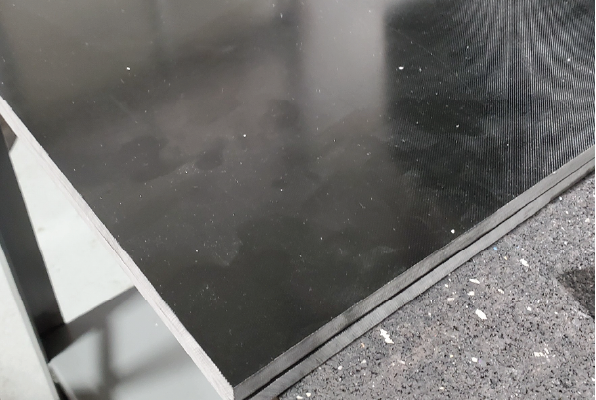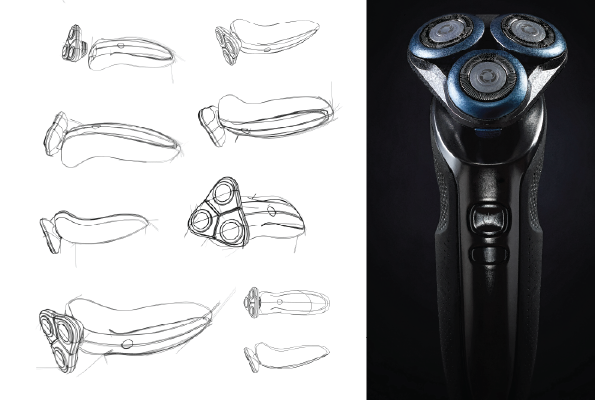
Garolite is a strong and flexible composite material used in many industries, including aerospace and electronics. Understanding its properties and uses is essential to improving manufacturing processes and product performance. In this blog post, we will discuss the importance of this material and how it can help your operations.
What is Garolite, and what is its history?
Garolite, or G10 or FR4, is a strong, lightweight material made from fiberglass and epoxy resin. G10 is a type of high-pressure fiberglass laminate, while FR4 is the flame-retardant version of G10. Because FR4 can resist flames, it is ideal for places where fire safety is essential, like the aerospace industry. Both types of Garolite have special properties that make them useful in various industries. They are popular because they provide sound electrical insulation, strength, and resistance to chemicals and moisture.
Garolite has existed since the early 1900s, when it was first created for electrical and electronic use. Over the years, many fields, such as aerospace, automotive, and medicine. Knowing this history helps us understand that it is essential in today’s industries.
Garolite is used to make circuit boards, insulators, and other electrical parts because it has excellent dielectric properties. It creates strong structural parts and tools for applications that need high performance and resistance to the environment.
It was first developed in the early 1900s for the electrical and electronics sectors. Since then, it has found applications in various fields, including aerospace, automotive, and medicine.
People use Garolite to make circuit boards, insulators, and other electrical parts because it has excellent dielectric properties. It is also used to produce strong structural parts and tools for applications that require high performance and resistance to environmental conditions.
What are the key properties of Garolite?
Garolite’s popularity is due to its unique physical, chemical, and mechanical properties. Let’s delve into its most notable characteristics, each more impressive than the last.
High Strength
Garolite is extremely strong for its weight, making it an excellent choice for structural components. Its resistance to bending, cracking, or breaking under stress allows it to endure harsh conditions.
Electrical Insulator
One of its standout features is its excellent electrical insulating properties. It does not conduct electricity, making it ideal for use in electrical components and circuit boards.
Lightweight
Despite its strength, this material is incredibly lightweight, making it a great alternative to metals in applications where weight is a concern.
Chemical Resistant
Garolite is resistant to many chemicals, oils, and solvents, which makes it ideal for use in environments where exposure to harsh substances is common.
Heat Resistant
It can withstand high temperatures without melting or deforming, thanks to the thermosetting resin used in its construction.
Machinability
Garolite is machinable and can produce precision components without losing its integrity. Standard tools can cut, drill, and shape it.

Applications of Garolite
Many industries use Garolite because of its versatility. Its unique properties make it suitable for various applications, from electronics to marine equipment, sparking intrigue in its wide range of uses.
Electronics
Garolite is a good base material for printed circuit boards (PCBs) since it insulates electricity and resists heat. FR4, a flame-retardant type of Garolite, is especially popular for this purpose.
Aerospace
Its high-strength properties make it ideal for structural parts and insulation panels in the aerospace industry.
Industrial
This composite material is durable and easy to machine, making it suitable for parts in industrial machinery, such as gears, bearings, and insulators.
Marine
Garolite resists moisture and chemicals. Garolite is useful for parts in boats and underwater equipment.
Medical Devices
Specific grades of Garolite are used in medical instruments because they can handle sterilization and chemical exposure.
Why is Garolite Important?
Garolite is essential because it has unique properties that help it perform well in challenging environments. Here are some reasons why Garolite is necessary:
High Performance
This material is very reliable and can withstand extreme heat, pressure, and chemical exposure. It is a key material in fields such as aerospace and electronics.Lorem ipsum dolor sit amet, consectetur adipiscing elit.
Cost-Effective
It can be a more cost-effective option compared to other advanced composite materials, such as carbon fiber.
Supports Innovation
Garolite’s flexibility allows engineers and designers to create lightweight, strong, and efficient structures. Leading to significant progress in robotics, renewable energy, and medical technology. Its unique properties and versatility make it a key material supporting innovation across various industries.
Eco-Friendly
As industries focus more on sustainability, Garolite’s longevity and durability help reduce waste and the need for frequent replacements. The type of resin used in Garolite is also becoming more environmentally friendly, further enhancing its eco-friendly profile.
Key to Modern Electronics
This material has played a vital role in developing printed circuit boards and smaller electronic devices. Its insulating and structural properties are essential for today’s electronics, which everyone must recognize.
Why use Garolite in your project?
Garolite is an important material used in many industries. It is strong, durable, and versatile, making it essential for modern manufacturing and innovation. People use this composite to insulate circuits, reinforce aerospace parts, and enhance the design of custom tools. As material science advances, Garolite will play a key role in technology and industry. Its ability to adapt to new challenges ensures it stays relevant for years to come.
FAQs
G-10 Garolite is a high-performance laminate widely utilized in various applications across different industries. This durable material is known for its excellent electrical insulation properties, strength, and resistance to heat and chemicals, making it ideal for a range of demanding environments.
Yes, Garolite (G-10) is machinable and can be processed using standard CNC machining techniques.
Garolite (G-10) is a high-performance fiberglass-reinforced epoxy laminate, not a traditional plastic.
Garolite is a versatile composite material used in various applications, including electrical insulation, structural components, and wear-resistant parts in aerospace, automotive, and manufacturing industries.
Garolite sheets can be cut using various methods, including CNC machining, laser cutting, and waterjet cutting. These techniques allow for precise and efficient shaping of the material.
Garolite is a composite material with low thermal conductivity, making it an excellent insulator. Its unique properties make it suitable for various applications requiring thermal management.










